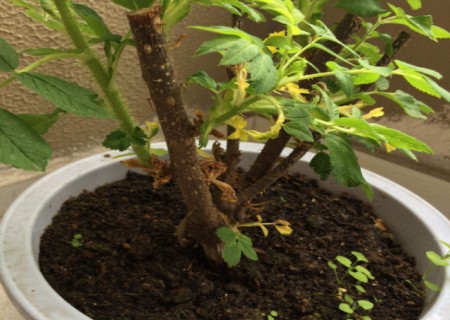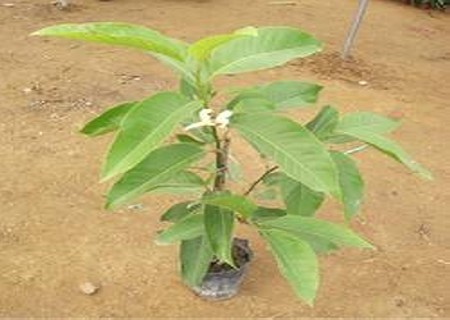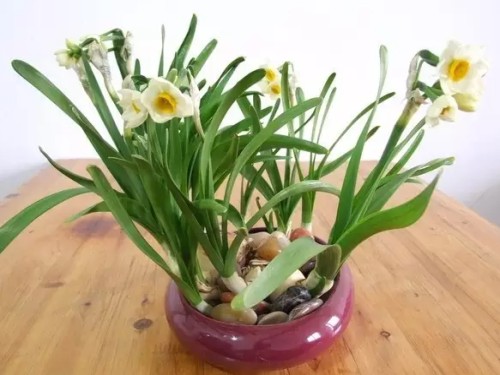What if the leaves of potted roses turn yellow?
Rose, also known as thorn rose, lingering flower, assassin, heart-piercing rose. Shrubs of the genus Rosaceae. As a crop, its flowers are mainly used in food and extract essential rose oil. Rose oil has higher value than equal weight gold. It is used in cosmetics, food, fine chemicals and other industries. It is also an important material for cut flowers and potted plants.
Potted roses are very popular, and they will encounter all kinds of problems in the process of breeding. Recently, some flower friends have encountered the problem of yellowing of mini rose leaves. So, what if the leaves of potted roses turn yellow? The following editor will introduce the reasons and solutions for the yellowing of potted rose leaves.

1. Environmental change: not long after being bought, it is in the period of adaptation, and a small amount of yellow leaves are normal and common.
Solution: there is no need to worry about this situation, measures can be taken to reduce the degree of change in the environment, waiting for it to adapt.
2. Too much watering: the leaves are dark yellow and without luster, the old leaves have no obvious change, the branches are small and yellow-green, and the new shoots are not long, indicating that they are overwatered.
Solution: suspend watering, wait for the soil to dry before watering, each time the amount of water should not be too much, if more water, it is easy to cause root rot, resulting in leaf yellow.
3. Long-term lack of water: the leaves are curly and yellow.
Solution: pay attention to watering enough and thoroughly.
4, exposure: strong direct sunlight, easy to cause leaf tip, leaf edge withered, leaf sunrise part of the macula.
Solution: the sun is too shady, but also remember not to expose to the sun, the leaves are also easy to yellowing, and affect flowering.
5, the air is dry: the flower soil is too dry, if the soil in the basin is not watered for a long time, it can also lead to withered and yellow leaves.
Solution: put it in a cooler room, avoid direct sunlight and pay attention to watering.
6. Lack of sunlight: when the leaves are placed in a shady environment for a long time, the leaves do not get enough sunlight to form chlorophyll, and the whole leaves turn yellow and fall off.
Solution: if the light is not enough, there will be yellow leaves, and in serious cases, the whole plant will rot and die. You can move the plant to a place with plenty of light, but remember not to expose yourself to the sun.
7. The temperature is too high: the leaves are curly and yellow, and the plants are wilting as a whole.
Solution: put the plants indoors and put them in a cool shelter.
8, the temperature is too low: when the temperature is low, the winter will be in a dormant period, that is, the leaves turn yellow and fall off, or even fall into poles.
Solution: heat preservation can be appropriate, the temperature should not be lower than 8 degrees.
9. Excessive fertilization: excessive fertilization, which shows that the old leaf tip turns yellow and withered.
Solution: suspend fertilization and add topdressing according to growth when a large number of new buds are sprouted in spring.
10. long-term lack of fertilizer: the new roots turn yellow, the leaves become light green, and then gradually turn yellow and withered.
Solution: appropriate amount of fertilizer, not more fertilizer.
11. Rotten roots: the flowerpot is airtight and the pot is small to avoid long-term dampness in the pot soil, resulting in root rot.
Solution: replace the breathable flowerpot and place the plant in a dry place.
12. diseases and insect pests: leaf spot disease and root rot disease harm, leaf spot disease can cause a large number of leaves to fall off, there are earthworms or golden needle insects (red spider, beetle) and other pests in the basin soil, and leaf yellow symptoms will also appear.
Solution: go to the flower market to buy carbendazim or topiramate, which are commonly used drugs. After buying them, just dissolve them in water and spray them.
In fact, the yellowing of rose leaves is mostly caused by too much watering. Roses are afraid of waterlogging. if potted roses are overwatered or ground roses are planted in low-lying water, the lower leaves will yellowing and fall off, and even cause death. Prevention and control measures of rose water yellow:
1. Choose good drainage media and plant in high and cool places, and timely drainage and waterlogging prevention in rainy season.
2. Potted roses should not be watered too many times a day, followed by each day; when it is too hot in summer, water should be watered once in the morning and evening every day; and water should be controlled in winter.
3. If the lower leaves of the rose have turned yellow, stop watering immediately. Potted roses should loosen the soil or medium around the plant and let the water evaporate as soon as possible. If the roses planted in the ground encounter continuous rainy days, dig drainage ditches around the plants to remove the stagnant water in time.
Tips:
1. Roses like warm and humid environments, but avoid direct sunlight.
2. the flowering period of roses is 3-5 days in summer and about a week in winter.
3. Stay away from the air conditioning outlet (any flower is the same).
Time: 2019-05-31 Click:
- Prev

What if the leaves of potted white orchids turn yellow?
With its gorgeous elegant demeanor, flowers decorate nature with extraordinary beauty and give people the enjoyment of beauty. Flower cultivation can enrich and regulate people's cultural life, increase fun, cultivate temperament and improve health; it can also increase scientific knowledge and improve cultural and artistic literacy; flower cultivation can afforest and beautify the motherland
- Next

What if potted daffodils don't blossom? How to make daffodils blossom quickly
Lingbo fairy, that is, daffodils, and orchid, chrysanthemum, calamus side by side as the four elegant flowers. And plum blossoms, camellias, primroses are four friends in the snow. Narcissus is pure and elegant, when the flowers bloom, the fragrance smells to the nostrils, which is of great ornamental value. During the Spring Festival, a pot of daffodils is raised, and spring is born in the house. The flower is like its name
Related
- Fuxing push coffee new agricultural production and marketing class: lack of small-scale processing plants
- Jujube rice field leisure farm deep ploughing Yilan for five years to create a space for organic food and play
- Nongyu Farm-A trial of organic papaya for brave women with advanced technology
- Four points for attention in the prevention and control of diseases and insect pests of edible fungi
- How to add nutrient solution to Edible Fungi
- Is there any good way to control edible fungus mites?
- Open Inoculation Technology of Edible Fungi
- Is there any clever way to use fertilizer for edible fungus in winter?
- What agents are used to kill the pathogens of edible fungi in the mushroom shed?
- Rapid drying of Edible Fungi

